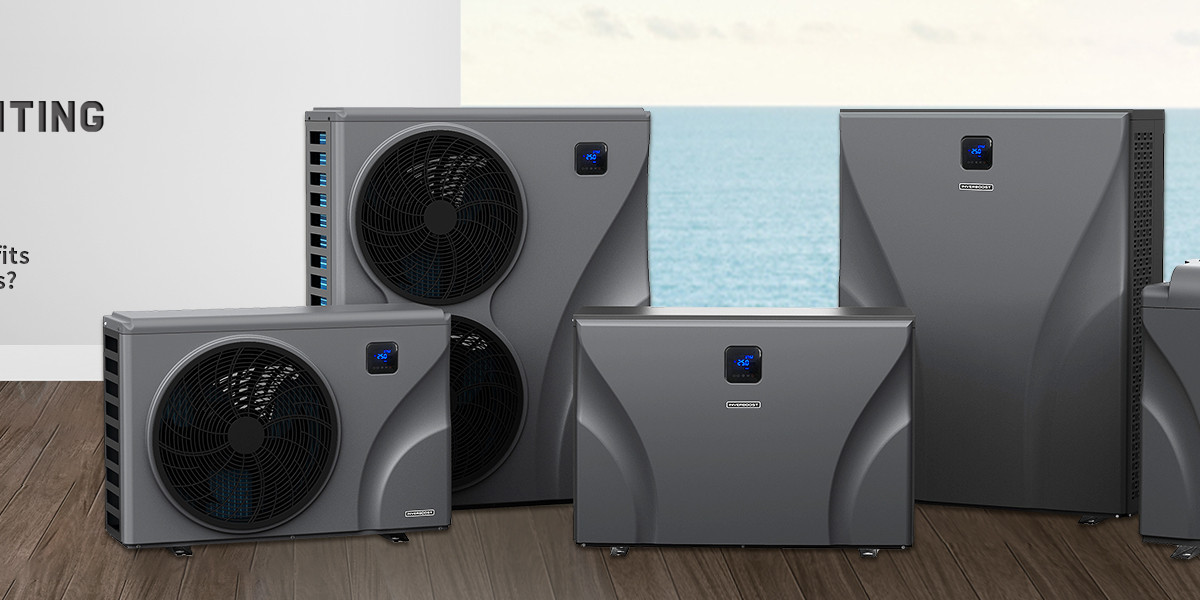The world of Wi-Fi is constantly evolving, striving to keep pace with our ever-growing demand for faster speeds, increased capacity, and a more seamless online experience. Wi-Fi 6 and Wi-Fi 7 represent the latest advancements in wireless technology, each offering distinct advantages for homes and businesses alike. Let's delve into the key differences between these two standards.
Wi-Fi 6: The Foundation for a Faster Future
Wi-fi 6 - Wi-Fi 7 also known as 802.11ax, was a significant leap forward from its predecessor, Wi-Fi 5 (802.11ac). Here's what it brought to the table:
Increased Speeds: Wi-Fi 6 boasts theoretical maximum speeds of up to 9.6 Gbps, nearly three times faster than Wi-Fi 5's 3.5 Gbps. This translates to faster downloads, smoother streaming, and improved responsiveness for online applications.
Improved Efficiency: Wi-Fi 6 utilizes Orthogonal Frequency-Division Multiple Access (OFDMA) technology, allowing multiple devices to share data packets simultaneously. This significantly reduces congestion and improves network efficiency, especially in crowded environments with numerous connected devices.
Target Wake Time (TWT): This feature allows devices to schedule periods of inactivity, putting them into a low-power state until they need to transmit or receive data. This conserves battery life for mobile devices like smartphones and tablets.
Wi-Fi 7: Supercharging Your Wireless Experience
Wi-Fi 7, also known as 802.11be, is the next frontier in wireless technology, promising even more impressive capabilities:
Blazing-Fast Speeds: Wi-Fi 7 offers theoretical maximum speeds of up to 46 Gbps, a staggering increase compared to Wi-Fi 6. This opens doors for applications like high-fidelity virtual reality and real-time cloud gaming.
Expanded Channels: Wi-Fi 7 utilizes wider channel bandwidths in the 6 GHz band, providing more space for data transmission compared to Wi-Fi 6's reliance on the 5 GHz band. This translates to a significant reduction in congestion and interference.
Enhanced Multi-user Communication: Wi-Fi 7 builds upon OFDMA technology, allowing for even more efficient communication between multiple devices simultaneously. This is crucial for supporting the ever-growing number of connected devices in modern homes and workplaces.
Choosing Between Wi-Fi 6 and Wi-Fi 7:
The right choice depends on your specific needs and budget:
For most home users: Wi-Fi 6 may be sufficient for current internet plans and device usage. It offers a significant performance boost over Wi-Fi 5 and is likely to remain the dominant standard for several years.
Early adopters and power users: If you have a high-speed internet connection, a large number of connected devices, or require top-tier performance for applications like VR gaming, Wi-Fi 7 might be a worthwhile investment.
The Future of Wi-Fi:
The future of Wi-Fi is bright, with continuous advancements aimed at:
Even faster speeds: Expect ongoing research and development pushing the boundaries of wireless data transfer rates.
Enhanced security: New security protocols will be crucial to safeguard data in an increasingly connected world.
Smarter networks: AI-powered solutions will further optimize network performance and manage congestion proactively.
In conclusion, Wi-Fi 6 and Wi-Fi 7 represent significant advancements in wireless technology. Wi-Fi 6 offers a powerful foundation for today's needs, while Wi-Fi 7 ushers in a new era of blazing-fast speeds and improved efficiency. As technology continues to evolve, so too will Wi-Fi, ensuring a future of seamless and ever-more-powerful wireless connectivity.
For more info. visit us:



